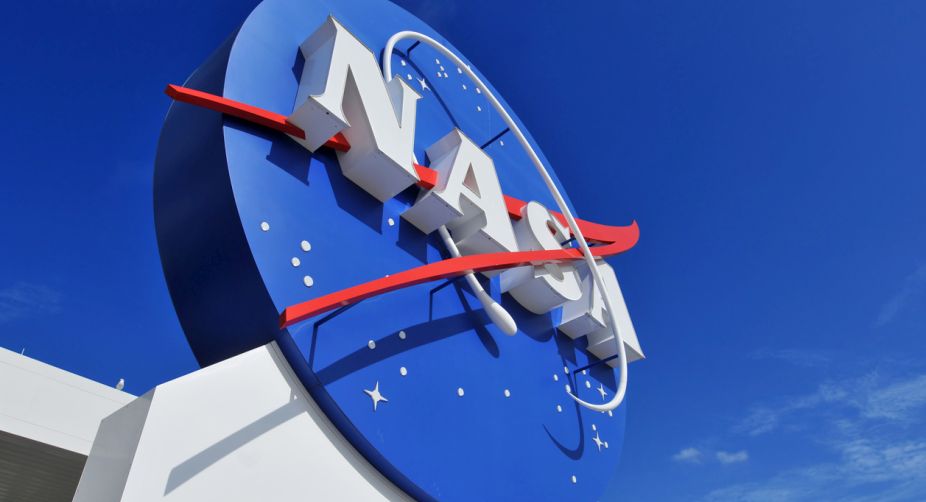NASA mission touches down on Moon aboard Firefly Aerospace lander
The data captured could also benefit humans on Earth by providing insights into how space weather and other cosmic forces impact Earth.

(Photo: Getty Images)
NASA's solar-powered Juno spacecraft has beamed back a series of images of Jupiter's iconic Great Red Spot – revealing a tangle of dark, veinous clouds weaving their way through a massive crimson oval.
During the Juno mission Jupiter flyby on July 10, the JunoCam imager aboard NASA's snapped pictures of the most massive storm that has been raging on the solar system's largest planet for over 350 years.
Advertisement
“For hundreds of years scientists have been observing, wondering and theorizing about Jupiter's Great Red Spot,” said Scott Bolton, Juno principal investigator from the Southwest Research Institute in San Antonio.
Advertisement
“Now we have the best pictures ever of this iconic storm. It will take us some time to analyse all the data from not only JunoCam, but Juno's eight science instruments, to shed some new light on the past, present and future of the Great Red Spot,” said Bolton.
Citizen scientists took the raw images of the flyby from the JunoCam site and processed them, providing a higher level of detail than available in their raw form.
Measuring in at 16,350 kilometers in width, Jupiter's Great Red Spot is 1.3 times as wide as Earth.
The storm has been monitored since 1830 and has possibly existed for more than 350 years. In modern times, the Great Red Spot has appeared to be shrinking.
All of Juno's science instruments and the spacecraft's JunoCam were operating during the flyby, collecting data that are now being returned to Earth. Juno's next close flyby of Jupiter will occur on September 1.
Juno reached perijove – the point at which an orbit comes closest to Jupiter's center – on July 10.
At the time of perijove, Juno was about 3,500 kilometers above the planet's cloud tops.
Eleven minutes and 33 seconds later, Juno had covered another 39,771 kilometers, and was passing directly above the coiling, crimson cloud tops of the Great Red Spot.
The spacecraft passed about 9,000 kilometers above the clouds of this iconic feature.
Juno launched on August 5, 2011. During its mission of exploration, Juno soars low over the planet's cloud tops – as close as about 3,400 kilometers.
During these flybys, Juno is probing beneath the obscuring cloud cover of Jupiter and studying its auroras to learn more about the planet's origins, structure, atmosphere and magnetosphere.
Early science results from NASA's Juno mission portray the largest planet in our solar system as a turbulent world, with an intriguingly complex interior structure, energetic polar aurora, and huge polar cyclones.
Advertisement